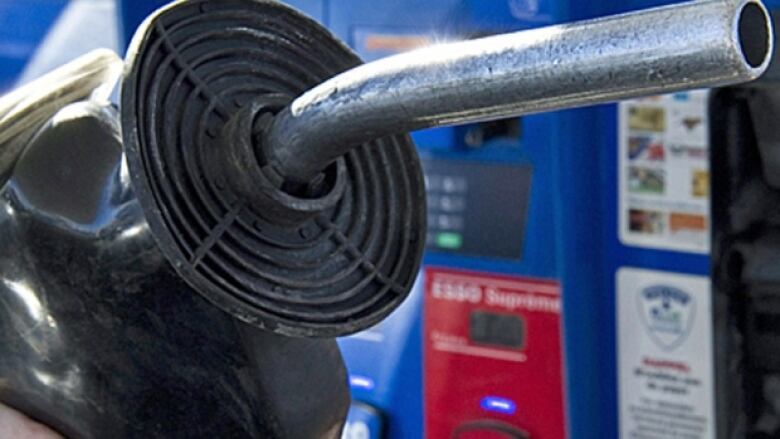Alberta carbon tax could bring whopper of a bill to cities and towns
Fuel and heating are some of the costs expected to rise under new provincial policy

As Albertans glance at the details about how the province's new climate change policy will increase home heating costs and the price at the pumps, financial officers inside city and town halls are busy working their calculators and spreadsheets to get a sense of the looming impact.
The bigger the town or city, the heftier the blow.
- Carbon-tax rebates to make lower-income Albertans 'much better off'
- Alberta's $6B carbon tax not really revenue neutral, critics say
- OTHER ECONOMIC NEWS | Oilfield Dads Facebook group draws overwhelming response
"We are a very large business with 20,000 employees," said Calgary Mayor Naheed Nenshi. "We're still analysing what that means to us as an organization."
There are so many pluses and minuses. It's like an octopus with so many arms waving around.- Dave Panabaker, Medicine Hat utility services department
The province estimates the carbon tax will amount to roughly $470 in increased heating, electricity and transportation costs for an average household in 2018, assuming that household consumes the same amount of fossil fuels as it did in 2015.
Albertans are told to expect to pay an extra seven cents per litre for gasoline and $1.68/ GJ for natural gas by 2018.
Now consider instead of just owning a house and a car, you have 19 arenas, 14 rec centres, and thousands of vehicles. That's the situation for Calgary.

The size of its fleet is substantial across all the different departments, including about 1,200 transit vehicles and another 1,200 vehicles for the police department.
"Ultimately, those are operating costs for the city and operating costs are covered by property tax," said Nenshi. "So we will be looking at the provincial government... 'how will you be making this whole?'"
More details, please
Each city, town or county is different and that's why they are waiting for more details from the province in the coming weeks and months to fully digest what the policy will mean.
In Medicine Hat, known as "The Gas City," officials aren't sure whether the climate policy will be good or bad.
The city should receive credit for its natural gas power plant and its wind and solar projects. However, the power plant still produces greenhouse gases and there will be increased fuel and heating bills to absorb for city vehicles and buildings.
"There are so many pluses and minuses," said Dave Panabaker, acting commissioner with the city's utility services department. "It's like an octopus with so many arms waving around."
Retrofit opportunities
Even the smallest of municipalities in the province know extra costs are likely coming when the climate change plan comes into effect in 2017. While there will be a financial burden, some are hopeful the policy will offer some opportunities to fix up older buildings.
The provincial government already funds the Municipal Climate Change Action Plan, which helps towns and cities retrofit pools, arenas and other facilities.
"I'm not looking for extra costs by any means, but I think the long-range plan is try and minimize our impact," said Al Kemmere, president of the Alberta Association of Municipal Districts and Counties.
"I'm hoping from a municipality's point of view we will be able to access some of those dollars so that we can enhance our efficiencies."
The provincial government pledged to use some of the money raised by its carbon tax to compensate certain industries and low-income residents who will be affected by the climate change policy. Towns and cities will want some of that cash too.
"Our fuel costs will certainly go up," said Nenshi. "So as they reallocate some of the money from the carbon price back to people who can't afford it, I hope they remember to allocate some of that back to the city."

